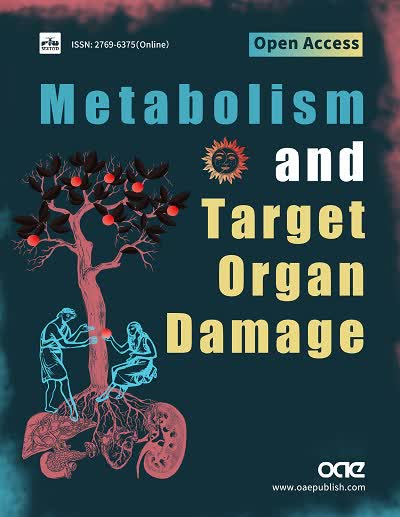fig4

Figure 4. Loss of CEACAM1 in hepatocytes and endothelial cells activates HSCs. As in the legend of Figure 3, the loss of CEACAM1 in hepatocytes causes the release of FA, IL-6 and ET-1 that could activate EGFR in HSCs. Moreover, FA activate PPARβ/δ to reduce the transcription of CEACAM1, which, upon its phosphorylation by EGFR, sequesters Shc to counter cell proliferation. Reduced levels of CEACAM1 in HSCs would consequently elevate the coupling of Shc to the activated EGFR and amplification of Shc/MAPK and Shc/NF-kB downstream signaling. The latter leads to the transcriptional activation of several cytokines and to PDGF-B pro-fibrogenic factor. Loss of CEACAM1 in endothelial cells leads to increased production of ET-1, a vasoconstrictor that applies its pro-fibrogenic effects by binding to its A receptor on the surface membrane of HSCs to transactivate EGFR via Src kinase. Thus, the loss of CEACAM1 in hepatocytes and endothelial cells merges at the level of activation of EGFR to cause myofibroblastic transformation of HSCs and hepatic fibrosis. The upward green arrow ↑ indicates an increase, and the downward red arrow ↓ indicates a decrease. CEACAM1: Carcinoembryonic antigen-related cell adhesion molecule 1; HSCs: hepatic stellate cells; FA: fatty acids; IL-6: interleukin-6; ET-1: endothelin-1; EGFR: epidermal growth factor receptor; PDGF-B: platelet-derived growth factor subunit B.








